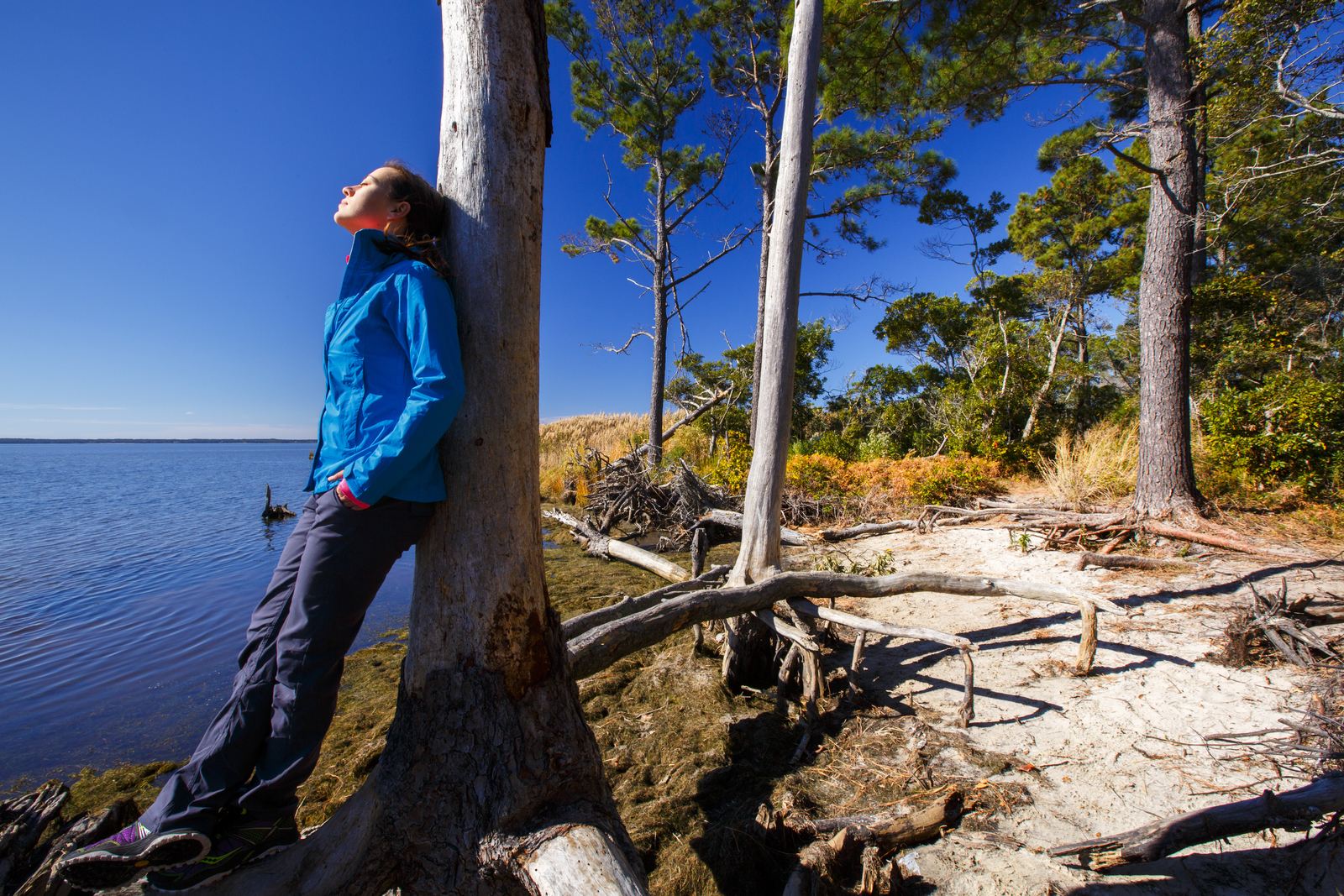by Coastal Resilience | Oct 7, 2016
Wetlands International and The Nature Conservancy launched a new guidebook on mangroves as a coastal defence. Can mangroves reduce waves and storm surges? How will they influence the forces of a tsunami? Do they actually contribute to stabilizing coasts and build-up of soils? Can they keep up with sea level rise? This report provides an in-depth analysis on the role that mangroves play in defence against waves, storms, tsunamis, erosion and sea level rise. Working with the University of Cambridge to review hundreds of scientific papers, the guide book outlines a practical approach for coastal decision makers.
View
by Coastal Resilience | Oct 7, 2016
The Nature Conservancy, The National Oceanic and Atmospheric Administration (NOAA) Coastal Services Center and Climate Central all work to help communities become more resilient. Each organization has developed a tool to assess sea level rise impacts, and this fact sheet shows how the tools are both distinct and complementary. Proceedings from Lifting the Fog working in Oakland, California. The Nature Conservancy, NOAA, Climate Central. (2014)
Download
by Coastal Resilience | Oct 7, 2016
Diverse public and private organizations are working together to identify needs and develop the suite of resources (data, information, tools, training, etc.) most needed by coastal communities. Some resources are national in scope and have broad applicability; others are very specific in terms of function or geographic focus. Published by: U.S. Climate Resilience Toolkit, NOAA Digital Coast, The Nature Conservancy, and Great Lakes Coastal Resilience Planning Guide. Fact Sheet. March 2015
Download
by Coastal Resilience | Oct 7, 2016
This guidebook provides a framework that incorporates ecosystem service valuation into coastal habitat restoration and creation projects at the beginning, rather than at the end. Additionally, it presents numerous reasons why applying ecosystem service valuation to coastal restoration projects has multiple advantages, including greater stakeholder support and greater likelihood of project success.
View

by Coastal Resilience | Oct 7, 2016
The Nature Conservancy is partnering with NOAA’s Office of Coastal Management (OCM) to coordinate efforts to meet the goals and objectives of coastal zone management in the U.S. and highlight those actions that also receive credits from FEMA’s Community Rating System (CRS).
Read More

